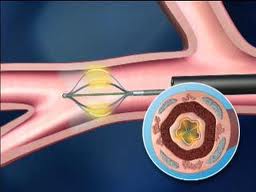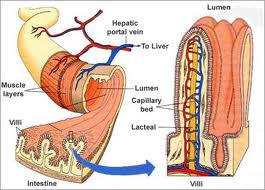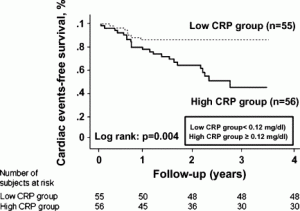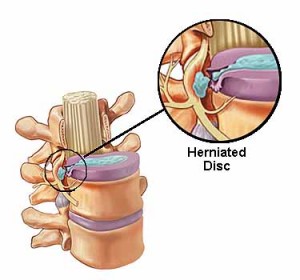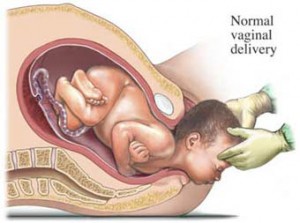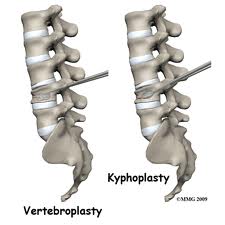There is a new concept in the treatment of asthma, a mechanical solution rather than the familiar pharmacological solution. As is outlined in the lung disease chapter of my nethealthbook.com, the treatment of asthma is usually a combination of inhaled and oral medications that have as a target the smooth muscular envelope of the bronchial tubes, which is depicted in this link. In addition to the spasm of the bronchial tubes some anti-inflammatory steroid inhalers are also needed to control the swelling of the lining of the bronchial tubes, which can obstruct the air flow from inside.
Dr. John Miller has done research with the Alair catheter system at Broncus Technologies Inc. in Mountain View, CA (San Francisco Bay Area). Dr. Miller helped to develop this bronchoscopic instrument with a concealed expandable wire basket that can be heated. In cooperation with Dr. Gerard Cox from the Respiratory Division of McMaster University in Hamilton/Ontario/Canada they tested this procedure on a small group of 14 mild to moderately severe asthma patients. The procedure consisted of a 30 minute bronchoscopy during which several heat cuts were made through the muscle layer of the bronchial tubes using this instrument (the heat used is only as hot as a cup of coffee). The smooth muscle layer of the bronchial tubes remains relaxed after this. A total of four such treatments were given, 3 weeks apart. The result was surprising in that the breathing performance doubled, which would have been considered to be a good drug effect, if this result had been achieved with the help of medication. However, this effect is permanent and medication can still be used on top of this, if necessary.
The researchers will now start a larger multinational trial including a total of 110 moderate to severe asthma patients from Canada, England and Scotland, Germany and Denmark. Results of this study are expected to be published in 2004. (Based on The Medical Post, Feb.11, 2003, page 37).
Last edited December 10, 2012






